

Book Now to Experience
Miracle Eye Rescue Treatment
1 Minute Self-Registration
Date should not be before minimal date
Author: Leila Tan|Updated: 24 April 2024
Although being a relatively prevalent cosmetic issue, few people are aware of how unjust skin hyperpigmentation is. Because of variations in the structure and functions of the skin, including pigment concentration and cell dispersion patterns, people of color are more frequently impacted by pigmentation.
1
What is hyperpigmentation?
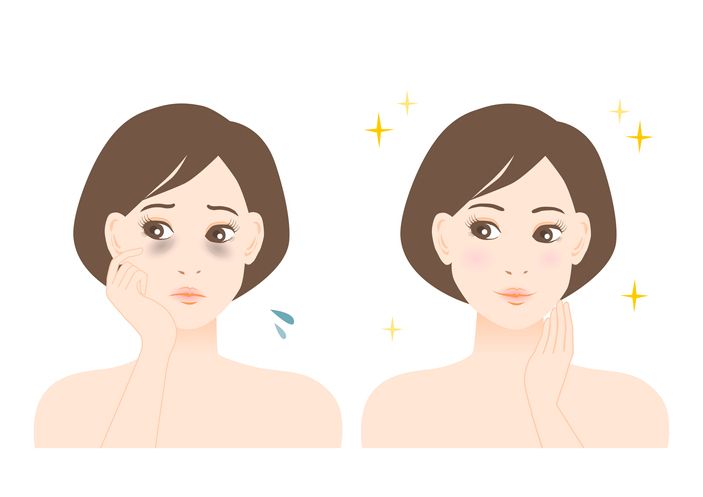
Skin pigmentation, also known as hyperpigmentation, is a condition in which certain regions of your skin are darker than the others. Darkened skin or patches on the skin, caused by hyperpigmentation give the appearance of uneven skin. All skin types are affected by this very typical skin issue. Smaller patches, larger portions, or in extreme circumstances the entire body might all exhibit hyperpigmentation.
When melanin production in your skin exceeds certain levels, the hyperpigmentation occurs as a result. The pigment that gives your skin color is called melanin. The extra pigment that is deposited deep within the skin ends up giving the area a darker appearance than the surrounding skin.
2
Types of hyperpigmentation
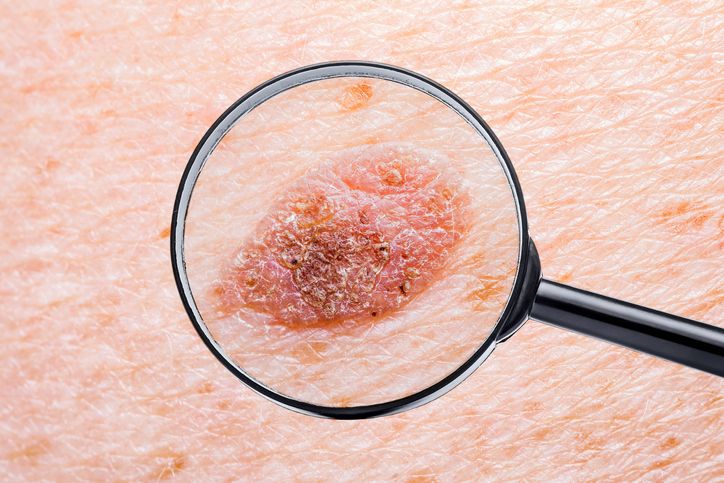
NAME: Age spots
Age spot also known by name of sun spots. They are a typical type of hyperpigmentation and show up as tiny, flat, darkened patches of skin that range in from light brown to black. They are brought on by an increase in melanin, which is the pigment that acts as skin's natural sunscreen and helps to naturally give our skin its color. These benign hyperpigmented macules are present in areas of chronic sun exposure rather than the more typical hyperpigmentation condition which appears in face, neck and arms.
CAUSE:
Sun exposure over a lifetime or artificial UV exposure from tanning beds that employ UV light are known to be the two main causes of sunspots on the skin. Sunspots are more common in those with light hair and eyes, those who spend a lot of time in the sun, and those who don't wear sunscreen or protective clothes.
Sunspots can affect everyone, although those with fair complexion, red hair, and persons over 40 are more likely to get them. The probability of getting sunspots is also increased by a history of sunburns, particularly bad ones. Sunspots are often benign but occasionally they might develop malignancy.
Certain pharmaceuticals, including tetracyclines, antimalarials, and nonsteroidal anti-inflammatory drugs can also result in these sorts of spots.
SYMPTOM:
This hyperpigmentation which is brought on by ultraviolet (UV) exposure can appear as oval in form. Often they appear as brown or black in color while the size of this spot can look as the size of a freckle which is about one-half inch. These spots majorly form in areas such as face, hands, back, chest, shoulders and arms.
NAME: Post-inflammatory hyperpigmentation
As a zit or wound starts to heal, there may be a darker area of skin which forms post-inflammatory hyperpigmentation. As part of the skin's normal reaction to inflammation, melanin (pigment) is produced in excess which eventually results in the discolouration of skin. It is chronic, more prevalent, more severe in people with darker skin. Although this condition usually gets better on its own, it may take months or even years to disappear and long-term care is required. The best treatment can be a combination of therapies.
CAUSE:
Post-inflammatory hyperpigmentation occurs when the skin becomes inflamed due to an injury or irritation, such as a scrape, rash, or pimple. The skin gets darker when the melanin is produced in large amounts while the skin is in the recovery period, where the protein that gives the skin its color is working.
This kind of hyperpigmentation can result from autoimmune conditions, infections, and other forms of inflammation in addition to accidents. For those with darker skin tones, acne is one of the most typical causes of post-inflammatory hyperpigmentation.
Even small pimples and blemishes might lead to hyperpigmentation. Yet, the size and color of the spot seem to increase with the severity of a breakout. Also, because it causes more inflammation, popping or picking a pimple raises the risk of developing Post-inflammatory hyperpigmentation.
This hyperpigmentation can also be caused by imbalances and diseases in the metabolic process. This can include illnesses like the adrenal gland-affected Addison's disease as well as vitamin deficiency and other metabolic problems.
SYMPTOM:
This typically appears as a flat region of skin discolouration. Depending on the severity of the discoloration and the tone of your skin, it may appear white, pink, red, purple, brown, or even black. Any skin type can develop this while those with medium to dark skin tones, however, often experience it more severely and for a longer period of time. Because those with darker skin have more melanin, there is a higher risk of developing post-inflammatory hyperpigmentation when certain skin conditions exist.
NAME: Melasma
Dark, blotchy, and uneven skin tone are symptoms of this widespread skin pigmentation condition. Melasma can affect both men and women, but it most frequently affects women. It is thought that changes in hormone levels are what cause this condition. Melasma, sometimes known as "the mask of pregnancy," which affects 10–25 percent of oral contraceptive users and 10–15 percent of pregnant women. Although the discolouration is medically unimportant, many people find it embarrassing, leading them to seek treatment.
CAUSE:
You are more likely to develop melasma if you have particular risk factors. For example, if you have an olive complexion that is medium to medium-dark toned and you tan very quickly, you have a higher risk of developing melasma than if you have a very light or very dark complexion.
Increased estrogen hormone levels are also related to the development of melasma. This explains why melasma affects women far more frequently than it does men. You also have a larger likelihood of developing melasma if you have thyroid problems since they alter the hormones.
Melasma is known as the "mask of pregnancy" for a reason. Melasma is thought to afflict the majority of expectant mothers and often appears in the second or third trimester. Once more, this is recognised as a result of the elevated estrogen and progesterone levels.
Excessive sun exposure is a significant trigger for melasma development. In fact, you might find that your melasma is more noticeable in the summer when it's more sunny while less noticeable in the winter.
SYMPTOM:
The skin appears patchy and uneven, with the edges of the discolored areas having unusual shapes. The discoloration can range in from light brown to practically black, depending on your skin tone and the severity of your melasma. The marks can appear as flat but not elevated. They don't itch, burn, or cause pain. In fact, except for the fact that these skin patches are discolored, you won't notice anything remarkable about them. Melasma can appear anywhere on the face, but it is most frequently found above the upper lip, across the cheekbones, the nose, and the forehead. Melasma's primary characteristic is that it frequently shows up symmetrically on the face. You'll see spots that have uniformly spread across the forehead or nose, or "matching" patches on both cheeks.
3
Treatments
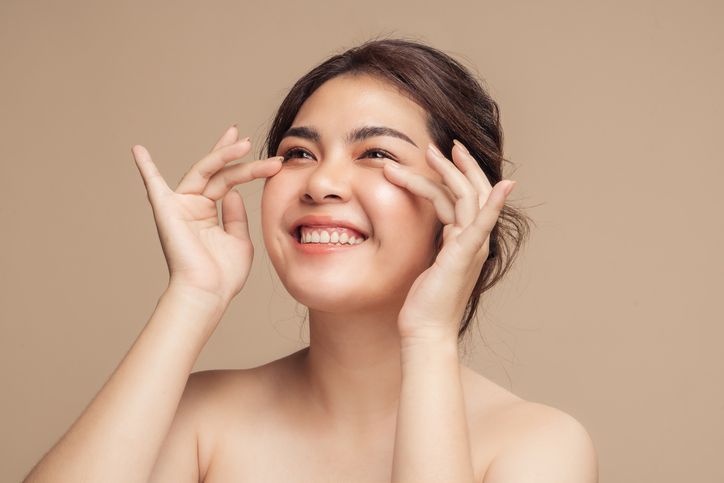
Miracle Eye Rescue Treatment - Perfect Aesthetics
The windows to the soul are the eyes. Age, though, might make them appear less radiant. You may appear fatigued and older if you have common eye problems including under-eye bags, fine wrinkles, dark circles, or tear troughs.
In order to effectively improve the appearance of eye bags, eye lines, dark circles, tear troughs, and more, Perfect Aesthetics introduces the Miracle Eye Rescue Treatment. Radiofrequency (RF) energy of three different wavelengths penetrates deeply into the various skin layers around the eyes, stimulating collagen growth and dissolving eye bag fat.
Benefits of this treatment
Triple Wavelengths RF Energy
Under-eye circles and dark circles are efficiently treated by three separate RF energy wavelengths that emit thermal energy to reach different skin layers.
Encourage collagen growth
Collagen around the ocular muscles can continuously increase when exposed to radiofrequency (RF). The skin's elastic fiber networks are supported by new collagen, which increases skin elasticity and lessens the appearance of dark circles.
Promote metabolism
The orbicularis muscles' blood circulation can be aided with radiofrequency (RF). In order to remove dark circles, the heat energy can dissolve the fat behind the eyes by natural metabolic clearance.
Non-invasive Treatment
Surgery, injections, or other intrusive procedures are not necessary with this low risk approach. It works well for both lighter and darker skin tones and a variety of skin types.
4
Do and Don'ts of the treatment
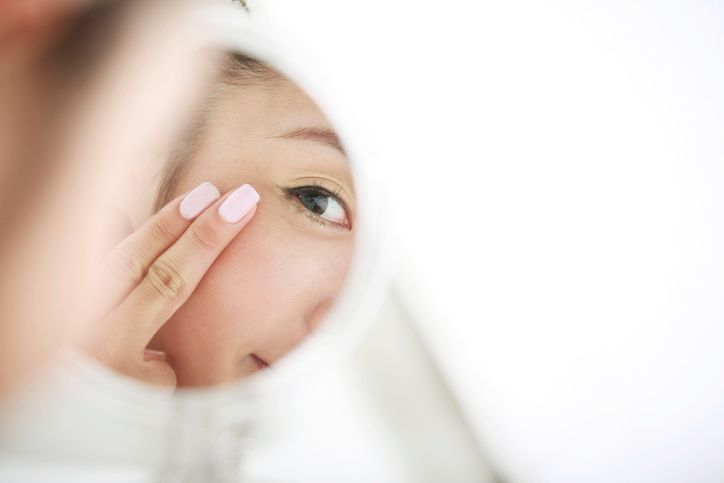
Before
- You will receive an explanation from our on-staff beautician regarding the Miracle Eye Rescue Treatment's philosophy, process, and safety measures. - Please let our beautician know if you have any eye or skin concerns that require medical attention. - To prevent eye strain, take three minutes to rest your eyes every half-hour.
After
- For a week following treatment, keep the treated region out of the sun as much as possible. - For two weeks after treatment, refrain from utilizing skincare products with abrasive chemicals like AHA/BHA or retinol as well as optical, photothermal, and chemical peels. - One week following treatment, refrain from alcohol use and strenuous activity.

Book Now to Experience
Miracle Eye Rescue Treatment
1 Minute Self-Registration
Date should not be before minimal date
5
Treatment Procedure
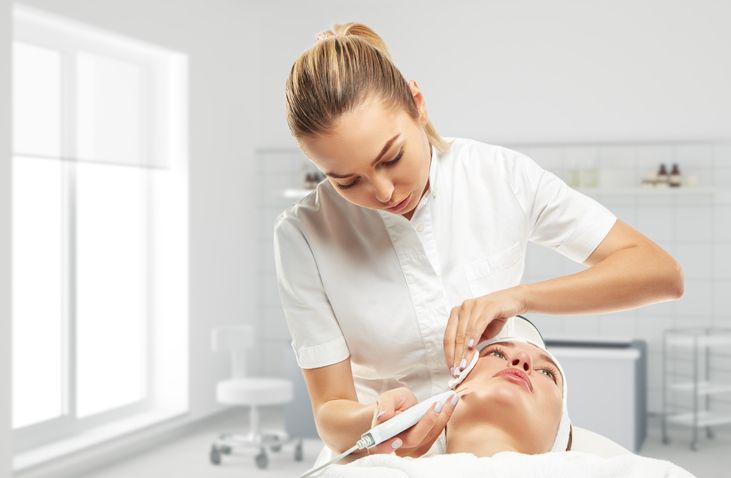
Step 1: The client's orbits are cleaned before the aesthetician applies RF gel. The therapist will then perform a patch test to see whether the client is suitable for the equipment handpiece and energy intensity. If the customer doesn't exhibit any discomfort, the session won't start.
Step 2: The therapist monitors the client's reaction during the process and adjusts the energy level as appropriate. Each skin layer is pierced by one of the three RF wavelengths in turn (outer, middle, inner). Heat promotes microcirculation, which speeds up the excretion of toxins and water.
Step 3: RF is beneficial for eye bags, swollen eyes, and dark circles because its thermal energy can dissolve eye-bag fat. After the treatment technique, thermal energy encourages collagen formation, giving fine wrinkles a plumper appearance.
6
Prevent hyperpigmentation spots in future
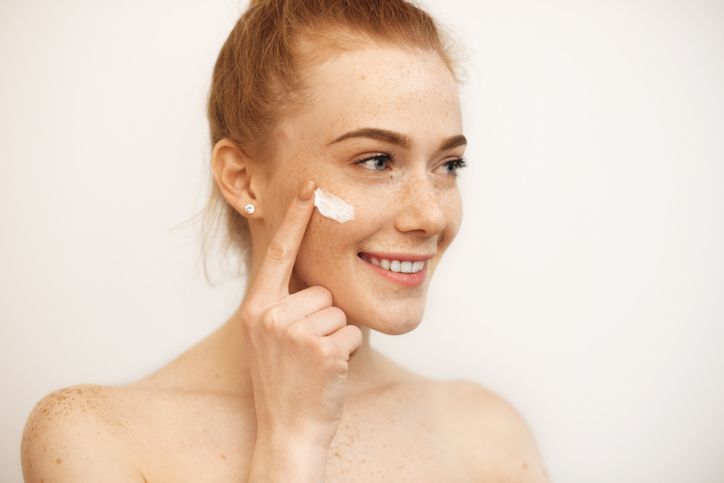
Do not touch your face
Although popping, picking, and squeezing a pimple is always alluring, doing so might irritate your skin and cause discoloration or post-inflammatory hyperpigmentation. Keep in mind that touching your face or picking at an area also involves spreading the bacteria on your fingers. Blemishes and clogged pores may result from this.
Put on protective clothing
Wearing protective clothing is essential in preventing sun-induced hyperpigmentation in addition to liberally applying SPF. It is recommended to reduce the amount of time you spend in the sun and put on protective clothes like caps and sunglasses. Not every apparel offers sufficient UV protection for your skin. The safety of an item to wear in the sun may depend on its color and fabric, among other things. Make sure you wear the appropriate one.
Be sure to moisturize your skin every day
Using a daily moisturizer can help your skin stay balanced in addition to moisturizing it. This thus lowers your risk of developing skin issues and the visibility of other flaws. If you struggle with discolouration, you might want to look for a moisturizer containing niacinamide or vitamin B3, which can help to lighten your skin. You can also apply topical vitamin C serum. They function by preventing the free radicals that subject the skin to oxidative stress. In general, employing products rich in antioxidants like vitamin A, C, or E can aid in the restoration of damaged skin cells.
Sun protection
The damaging harmful uv rays can age your skin more quickly and cause patches or discolouration from the sun. Because of this, it's critical to use a broad-spectrum sunscreen every day. In addition to shielding the skin from sunburn, this aids in minimizing wrinkles, sagging skin, and discolouration. Make careful to pick a product with a minimum SPF of 30 that is mild. Apply freely, paying special attention to the tops of your hands and feet, back, and neck.
7
Conclusion
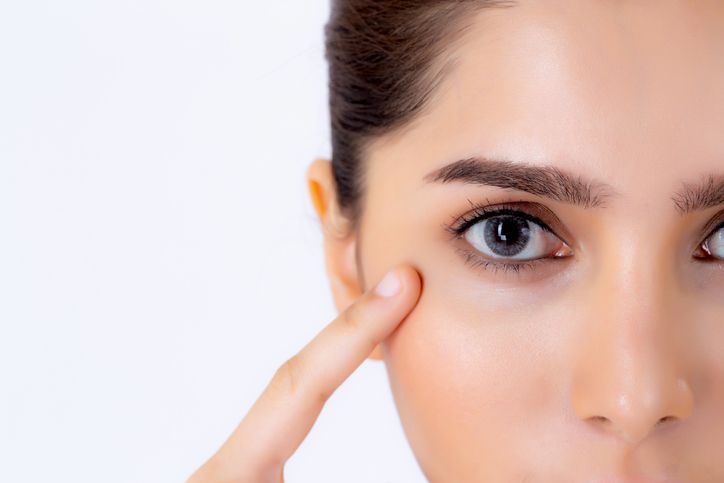
Having hyperpigmentation can sometimes cause insecurity in some people. But do not worry as there are treatments available that can help to reduce hyperpigmentation. Be sure to consult a dermatologist before undergoing any treatment as the expert can pick the right treatment based on your skin type and severity of your hyperpigmentation.
FAQs
Can I use any over the counter products to treat hyperpigmentation before undergoing any medical treatment?
What kind OTC products can help with my hyperpigmentation?
Is scarring the same as hyperpigmentation?

Book Now to Experience
Miracle Eye Rescue Treatment
1 Minute Self-Registration
Date should not be before minimal date
